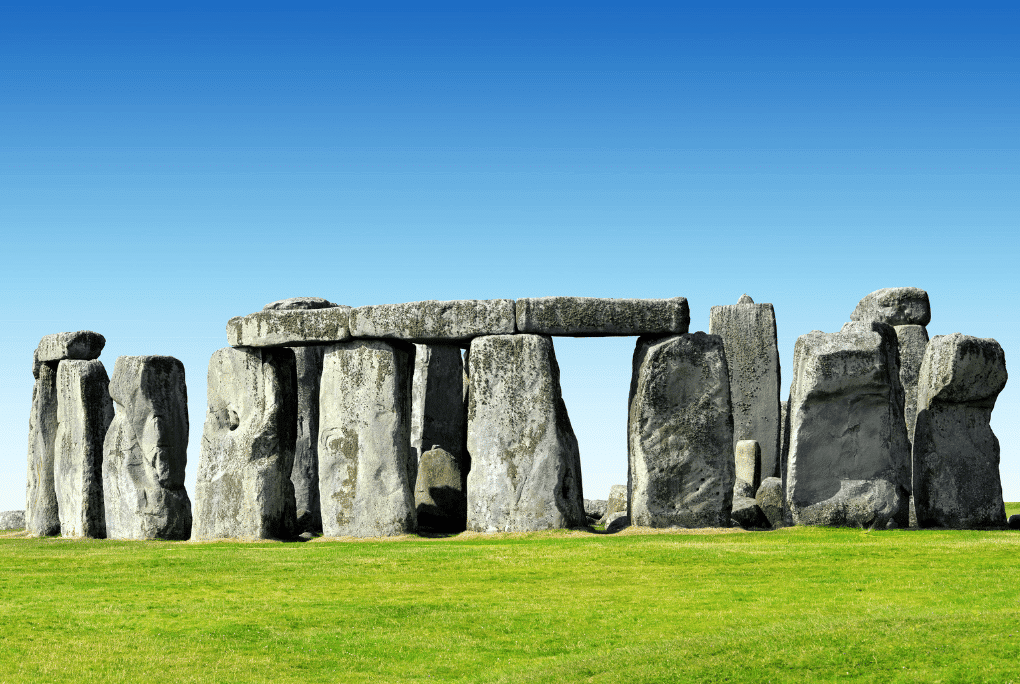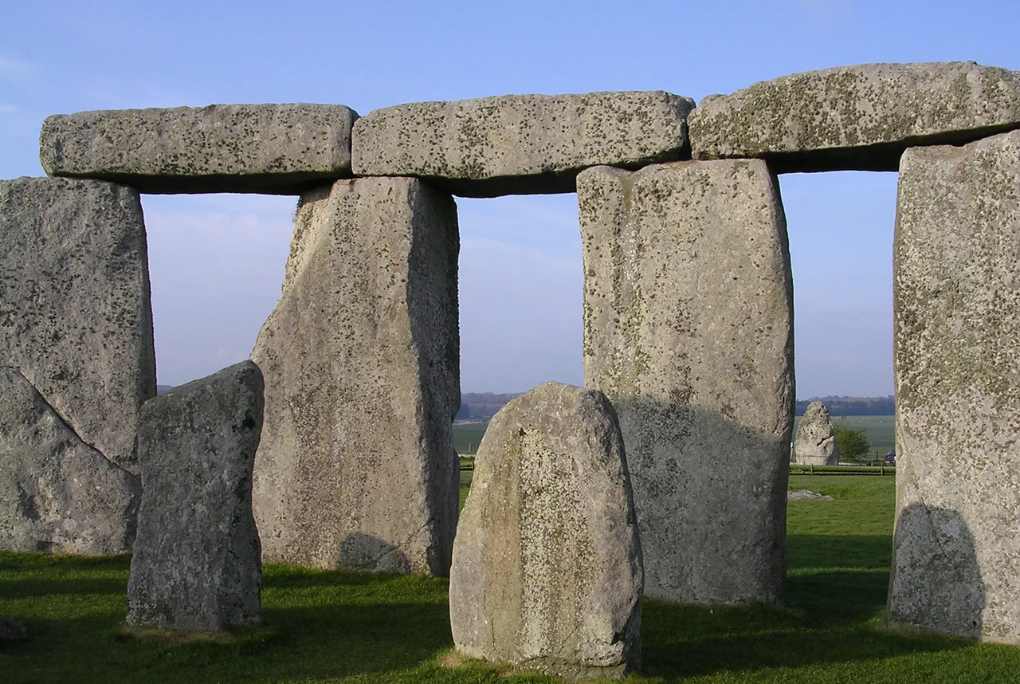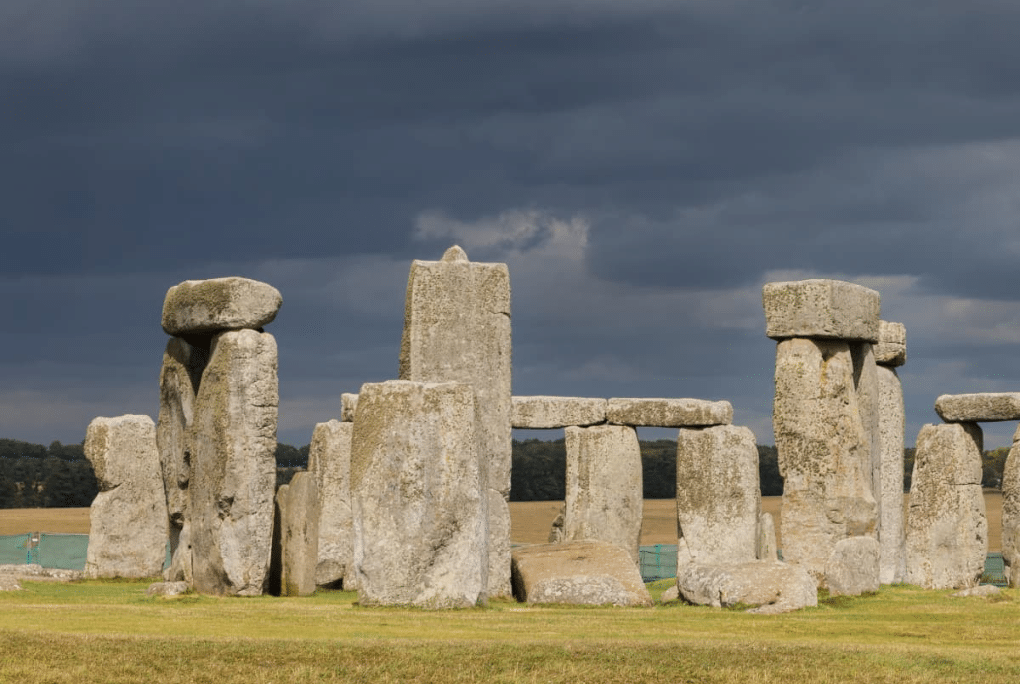A Comprehensive Guide to BTEC Stonehenge
Welcome to the mysterious world of Stonehenge, an ancient marvel that continues to captivate and intrigue people from all corners of the globe. In this comprehensive guide, we will delve into the enigma that is Stonehenge, its fascinating history, the different types of stones that make up this iconic site, and its profound significance. Whether you’re a history buff or simply curious about one of the most famous landmarks in the world, join us on this journey as we unravel the secrets hidden within BTEC Stonehenge! So grab your virtual hard hat and let’s explore together!
What is Stonehenge?
What exactly is Stonehenge? Well, my curious friends, let’s dive into the mystery! Located in Wiltshire, England, Stonehenge is an ancient monument composed of massive standing stones arranged in a circular pattern. It’s believed to have been constructed between 3000 BC and 2000 BC during the Neolithic period.
This awe-inspiring site consists of two main types of stones: the larger Sarsen stones and the smaller blue stones. The Sarsens, weighing up to 25 tons each, are impressive vertical megaliths that form the outer circle and inner horseshoe shape at Stonehenge. As for the blue stones, which come from Wales, over 150 miles away, they add even more intrigue to this already mystical place.

The purpose behind Stonehenge remains shrouded in speculation. Some theories suggest it was used as an astronomical observatory or a religious temple for ceremonies and rituals. Others propose that it served as a burial ground or had healing properties associated with its unique geological composition. While we may never truly know its exact purpose, one thing is certain: Stonehenge continues to leave us awestruck with its timeless beauty and enigmatic presence.
So why does Stonehenge continue to hold such significance today? Partly because it showcases remarkable architectural achievements by our ancient ancestors, but also because it speaks to the human impulse to connect with nature and explore our surroundings. I’m a history buff or simply curious about one of the most famous landmarks in the world. Join us on this journey as we unravel the secrets hidden within BTEC Stonehenge! Within the History of Stonehenge section, we’ll explore the fascinating history of this ancient site and its relationship to other Neolithic monuments around the world. In the Types of Stones section, we’ll explore the different types of stones that make up Stonehenge and their unique geological properties. We’ll explore the different theories about its purpose and how it came to be. In the Types of Stones at Stonehenge section, we’ll discuss the different types of stones that make up this iconic site and their unique geological properties. In the pages of this guide, you’ll learn all about the fascinating history of this iconic site, the different types of stones that make up Stonehenge, and its profound significance. Whether you’re a history buff or simply curious about one of the few who lacked advanced tools or machinery but managed to create the most impressive ancient monument the world has ever known, Join us on this journey as we unravel the secrets hidden within BTEC Stonehenge! His monumental stone wheel joins us on this journey as we unravel the secrets hidden within BTEC Stonehenge with sufficiency, precision, and ingenuity. Additionally, it represents our enduring fascination with connecting past civilizations and uncovering their secrets.
As you embark on your journey through BTEC Stonehenge, prepare yourself for a captivating adventure filled with wonder and discovery!
A Brief History of Stonehenge
Stonehenge, a mysterious and awe-inspiring monument located in Wiltshire, England, has captivated the minds of people for centuries. Its origins date back over 4,000 years, to the Neolithic era. While many questions remain unanswered about its purpose and construction, historians have pieced together some fascinating insights into its history.
The earliest known structure at Stonehenge was built around 3100 BC in the form of a circular earthwork enclosure. This primitive version consisted of a ditch with an outer bank made from chalk and dirt. Over time, this simple structure evolved into what we now know as Stonehenge.

Around 2600 BC, the first stones were erected at Stonehenge—massive Sarsen stones weighing up to 30 tons each! These impressive stones were carefully transported from Marlborough Downs, located approximately 20 miles away. The transportation methods used by ancient builders have continued to baffle historians until now.
In the later stages of construction (around 2500 BC), smaller bluestones were brought all the way from Wales—over 150 miles! How did they manage such feats without modern technology? It remains one of Stonehenge’s enduring mysteries.
Throughout its existence, Stonehenge underwent various modifications and additions until it reached its final form around 1500 BC. These changes included rearranging some of the giant sarsens and adding lintels on top to create the iconic stone arches that make Stonehenge so recognizable today.
Despite countless theories surrounding its purpose, ranging from religious rituals to astronomical observatories, no definitive answer has been found regarding why Stonehenge was built or how it was used. However, one thing is certain: It stands as a testament to human ingenuity and perseverance throughout history.
As researchers continue their investigations into this enigmatic site using advanced techniques like ground-penetrating radar and drone surveys, perhaps more secrets will be revealed about the origins and significance of Stonehenge. Until then, we at BTEC Stonehenge will never cease to be in awe of its timeless beauty and enigmatic presence.
The Different Types of Stones at Stonehenge
When you visit Stonehenge, one of the first things that will strike you is the sheer magnitude and mystery surrounding those massive stones. But did you know that not all of them are the same? In fact, there are several types of stones used in this ancient monument.
The most well-known type of stone at Stonehenge is the Sarsen stone. These large sandstone blocks can weigh up to 30 tons each! They make up the outer circle and inner horseshoe of the monument, creating a stunning visual impact. The source of these stones has been traced back to Marlborough Downs, located about 20 miles away from Stonehenge.
But it’s not just sarsen stones that were used in constructing Stonehenge. There are also smaller bluestones present in both the inner circle and outer ring. These rocks have a distinct blue-gray color and come from Presell Hills in Wales, which is over 150 miles away! How they were transported such a great distance remains an enigma.
Liddy’s Quarry is located in the Welsh hills. In fact, some of the smaller bluestones at Stonehenge actually come from Welsh sandstones called rhyolites. In addition to sarsens and bluestones, there are also lintels—horizontal beams placed on top of vertical posts or columns—made from Welsh sandstones called “rhyolites.” These lintels provide support for the enormous trilithon structures within Stonehenge.
Each type of stone plays its own unique role in forming this iconic structure we marvel at today. The combination of these various materials creates an awe-inspiring sight that continues to captivate people around the world.
So next time you stand before those towering monoliths at Stonehenge, take a moment to appreciate not only their grandeur but also their individuality as representatives of different geological origins
The Significance of Stonehenge
Stonehenge, with its towering stones and mysterious history, holds immense significance in the world of archaeology and ancient civilizations. This remarkable prehistoric monument has captivated the minds of researchers, historians, and tourists alike for centuries.
One of the key aspects that makes Stonehenge so significant is its enigmatic purpose. While several theories have been put forth regarding its function—whether it was a burial site, an astronomical observatory, or a religious center—no definitive answer has been found yet. This uncertainty only adds to the allure and intrigue surrounding this awe-inspiring structure.

Another aspect that makes Stonehenge significant is its meticulous construction. The enormous stones used in building this monument were transported from great distances using the rudimentary tools and techniques available at the time. The precision with which these massive stones were arranged suggests the advanced engineering skills possessed by our ancestors.
Furthermore, Stonehenge serves as a testament to human ingenuity and perseverance. Its existence showcases the ability of ancient civilizations to overcome challenges and accomplish monumental feats without modern technology or machinery.
Moreover, Stonehenge also plays a vital role in understanding our cultural heritage. It offers valuable insights into the beliefs, rituals, social structures, and technological capabilities of those who lived thousands of years ago.
In addition to being culturally significant, Stonehenge holds immense educational value as well. It provides countless opportunities for research and study in fields like archaeology, anthropology, and geology, helping us unravel more about our past.
The significance of Stonehenge extends beyond boundaries; it transcends time itself. As we continue to uncover more about this ancient marvel through ongoing research efforts, it will only continue to hold greater significance for future generations. Reminds us that there is so much more to learn about our past. Us of how far we’ve come as a species while leaving us pondering over questions still unanswered.
Conclusion
Stonehenge has captivated people for centuries with its mystery. The unique arrangement of massive stones intrigues archaeologists, historians, and visitors. In this comprehensive guide, we looked at the stones used to construct BTEC Stonehenge, as well as its history and significance.
From a circle of wooden posts to a complex stone structure, Stonehenge is a marvel of engineering and human ingenuity. The precise alignment with celestial events suggests it was a calendar or religious site. The rich cultural heritage of our ancestors is still evident.
The stones at Stonehenge have different origins and characteristics. These rocks reveal how Stonehenge was built, from the iconic outer ring’s towering sarsens to the smaller bluestones believed to have come from Wales.
The significance of Stonehenge goes beyond its physicality. Local communities and society value its cultural and historical significance. As one of Britain’s most famous landmarks, it draws many visitors who wonder why and what it is. When you visit or study Stonehenge for your BTEC program or otherwise, take a moment to appreciate both the structure and the stories it tells about our human journey through time.
Explore “Medieval Walls and Architecture in Croatia” to learn how different cultures have left their marks on the architectural landscape over the course of the centuries. This will provide you with additional insights into historical architecture and its value.

